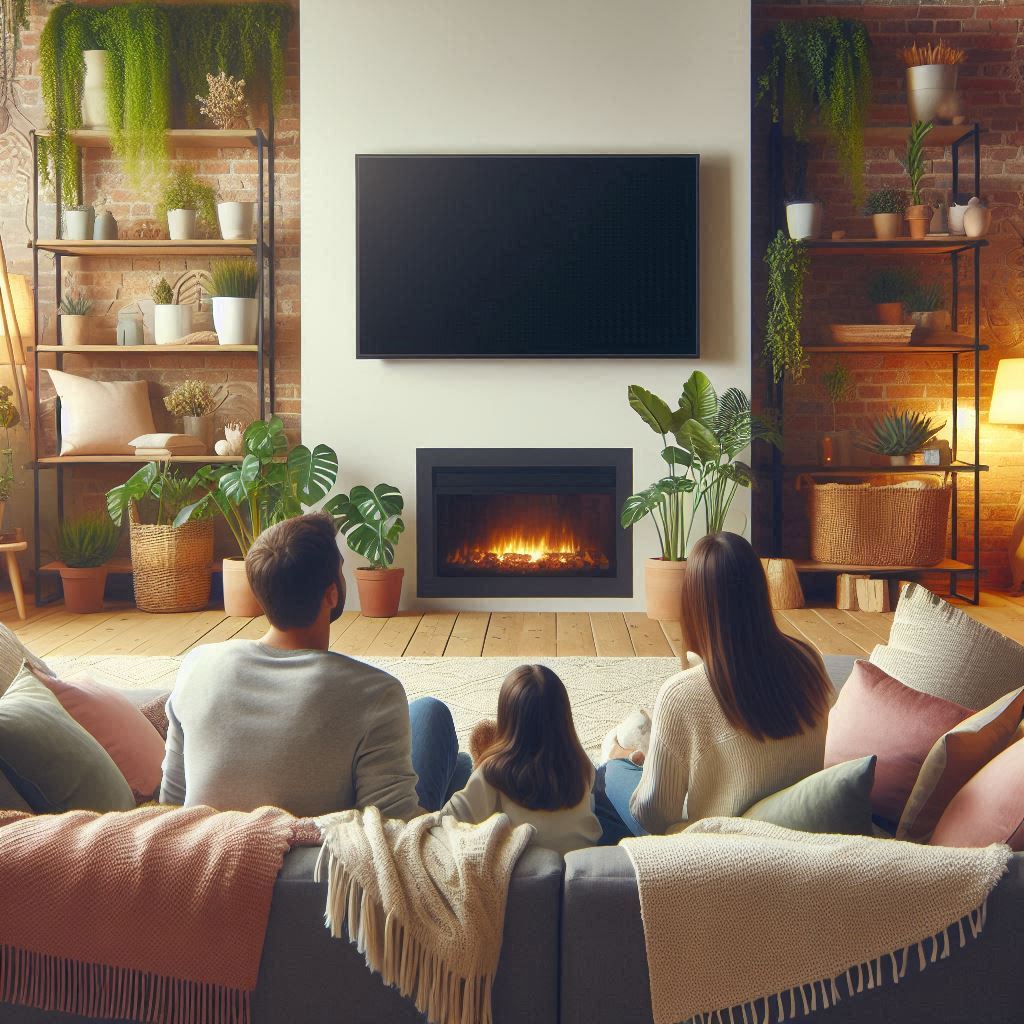Your TV is more than just a source of entertainment; it’s an investment in your home and lifestyle. To ensure that your TV provides years of enjoyment, it’s important to take steps to protect and maintain it properly. Whether your TV is mounted on a wall, placed on a stand, or integrated into a home theater system, the following tips will help you keep your TV safe and extend its lifespan.
1. Use a High-Quality TV Mount

One of the best ways to ensure your TV’s longevity is by using a high-quality TV mount. A sturdy and reliable mount, like the Metal Stud Advance Tilt TV Mount, keeps your TV securely attached to the wall, protecting it from accidental falls or damage. When choosing a mount, make sure it’s designed to support your TV’s size and weight, and always follow the manufacturer’s installation instructions carefully. A well-mounted TV is less likely to experience issues like screen cracks or damage from being knocked over.
2. Regularly Clean Your TV

Dust and dirt can accumulate on your TV’s screen and internal components over time, potentially affecting its performance. To keep your TV clean:
- Turn off the TV before cleaning to avoid any risk of electric shock.
- Use a microfiber cloth to gently wipe the screen, removing dust and fingerprints.
- Avoid using harsh chemicals or abrasive materials that can damage the screen.
- Clean the vents and back panel with a soft brush or vacuum cleaner to prevent dust buildup, which can cause overheating.
Regular cleaning not only keeps your TV looking its best but also helps maintain its performance by preventing dust from interfering with the internal components.
3. Ensure Proper Ventilation
Overheating is one of the most common causes of TV failure. To prevent this:
- Mount your TV in a well-ventilated area where air can circulate freely around it.
- Avoid placing the TV in enclosed spaces like cabinets without proper ventilation.
- Keep the TV away from heat sources such as radiators, fireplaces, or direct sunlight, which can raise the internal temperature of the TV and cause long-term damage.
By ensuring that your TV has adequate ventilation, you reduce the risk of overheating and help it operate efficiently for years to come.
4. Use a Surge Protector
Electrical surges can occur without warning and cause significant damage to your TV. Protect your TV by:
- Using a surge protector to guard against power spikes. A surge protector absorbs excess electricity during a surge, preventing it from reaching your TV.
- Avoiding direct connection to wall outlets without protection, especially in areas prone to lightning or frequent power outages.
Investing in a good surge protector is a small price to pay for the long-term protection of your TV.
5. Adjust Brightness and Contrast Settings
Excessively high brightness and contrast settings can strain your TV’s display, leading to burn-in or premature aging of the screen. To optimize your TV’s settings:
- Use the default or “standard” mode for daily viewing, which is typically balanced for most environments.
- Lower the brightness and contrast in dimly lit rooms to reduce stress on the display.
- Consider using an ambient light sensor if your TV has one, which automatically adjusts the brightness based on the room’s lighting conditions.
By adjusting these settings, you can enhance your viewing experience while also preserving the life of your TV’s display.
6. Handle Your TV with Care
When moving or adjusting your TV, always handle it with care:
- Avoid applying pressure to the screen as it can lead to cracks or permanent damage.
- Use two people when lifting or mounting large TVs to prevent dropping or mishandling.
Treating your TV with care, especially during setup and relocation, will help prevent accidental damage.
7. Update Firmware and Software Regularly
Manufacturers often release firmware and software updates to improve your TV’s performance, fix bugs, and add new features. To keep your TV running smoothly:
- Check for updates regularly through the TV’s settings menu.
- Install updates as they become available to ensure your TV is running on the latest software, which can help extend its lifespan by optimizing performance and reducing the risk of software-related issues.
8. Turn Off Your TV When Not in Use
Leaving your TV on for extended periods, even in standby mode, can lead to unnecessary wear and tear. To extend your TV’s life:
- Turn off the TV when not in use to reduce energy consumption and prevent potential overheating.
- Avoid leaving static images on the screen for long periods, as this can cause burn-in on some types of displays.
By following these practices, you’ll not only conserve energy but also prolong the life of your TV.
Conclusion
By implementing these simple yet effective strategies, you can significantly extend the life of your TV and enjoy many years of trouble-free viewing. A combination of proper installation, regular maintenance, and mindful usage will go a long way in keeping your TV safe and functioning at its best. Invest in the care of your TV today, and it will continue to deliver exceptional entertainment for years to come.


